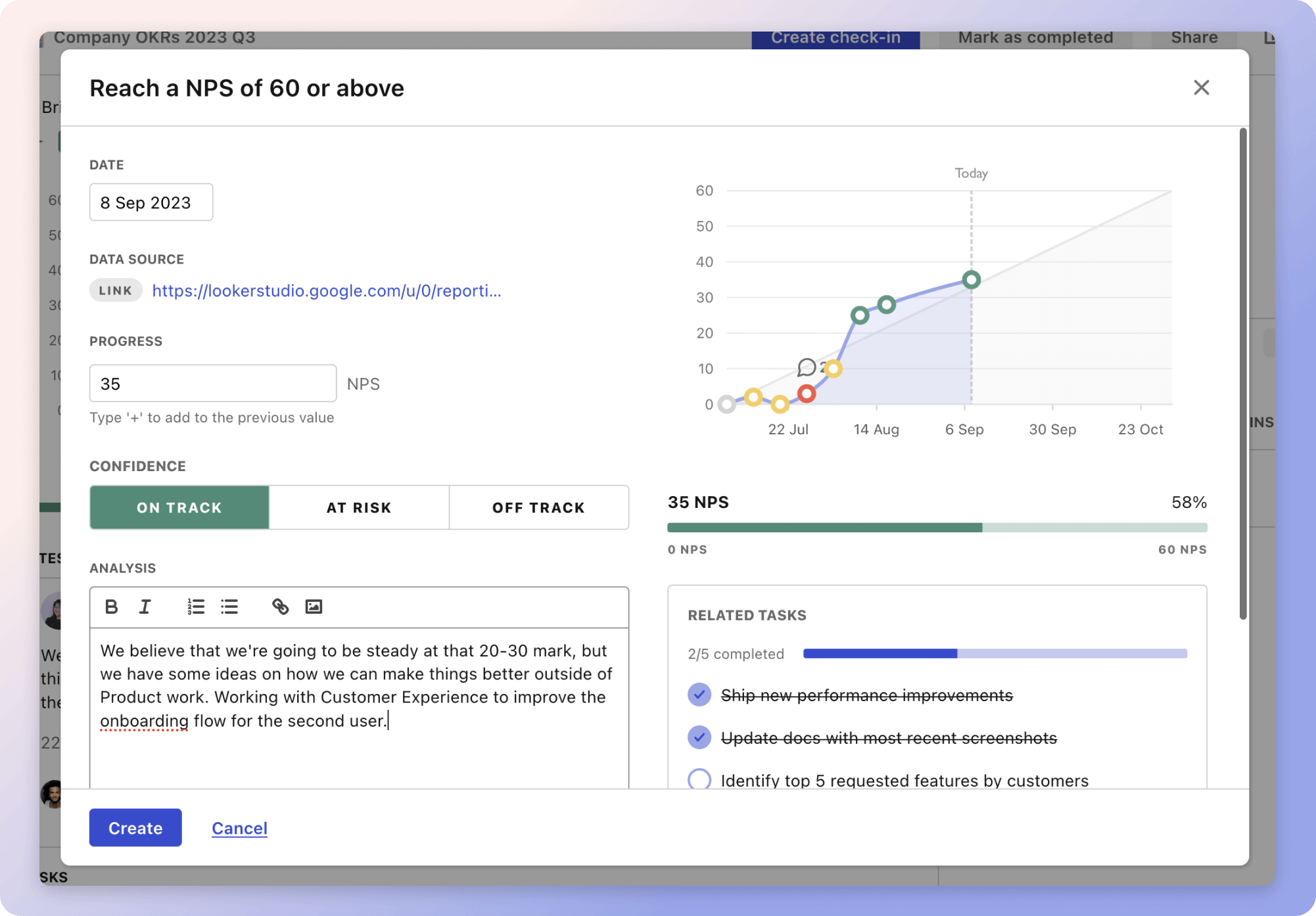In the "Measuring Data Uptime" objective, various metrics are employed to ensure optimal performance and reliability of SQL Server jobs. These include the Job Success Rate, which evaluates the successful completion of jobs. High success rates, typically above 95%, indicate efficient system operations. Another critical metric is the Average Job Duration, imperative for time-sensitive applications. Reducing job durations directly affects overall productivity by aligning with historical averages.
Data Availability is essential, ensuring that data is readily accessible for users post-job completion, with more than 99% availability as a benchmark. Error Frequency helps identify vulnerabilities by tracking the number of errors encountered; fewer errors mean smoother processes. Finally, Resource Utilisation measures server efficiency, maintaining resource use below 70% to prevent system overloads.
Top 5 metrics for Data Uptime Measurement
1. Job Success Rate
Percentage of SQL Server jobs that complete successfully without errors during the specified window
What good looks like for this metric: Typically above 95%
How to improve this metric:- Optimise SQL queries to reduce execution time
- Implement real-time monitoring and alerting
- Increase server capacity during the job window
- Regularly maintain and update indexes
- Perform routine job error analysis and debugging
2. Average Job Duration
Average time taken by SQL jobs to complete within the window
What good looks like for this metric: Should align with historical average time
How to improve this metric:- Refactor and optimise slow-performing queries
- Avoid unnecessary data processing
- Use SQL Server execution plans for analysis
- Schedule jobs in sequence to avoid performance bottlenecks
- Utilise parallel processing when possible
3. Data Availability
Percentage of time that data is available and ready for use by end-users after job completion
What good looks like for this metric: Typically above 99%
How to improve this metric:- Set up redundancy for critical tables
- Automate data validation checks post-job completion
- Implement failover strategies
- Ensure network reliability and minimise downtime
- Regularly back up and securely store data
4. Error Frequency
Count of errors encountered during SQL job processing
What good looks like for this metric: Typically less than 5 errors per month
How to improve this metric:- Conduct thorough testing before deployment
- Use transaction logs to identify error sources
- Ensure up-to-date error handling mechanisms
- Regularly review job logs for anomalies
- Provide regular training for administrators
5. Resource Utilisation
Percentage of server resources used during job processing
What good looks like for this metric: Should not consistently exceed 70%
How to improve this metric:- Balance load across multiple servers
- Monitor and adjust resource allocation
- Upgrade hardware capacity if needed
- Eliminate unused processes during job execution
- Use performance counters to track and adjust load
How to track Data Uptime Measurement metrics
It's one thing to have a plan, it's another to stick to it. We hope that the examples above will help you get started with your own strategy, but we also know that it's easy to get lost in the day-to-day effort.
That's why we built Tability: to help you track your progress, keep your team aligned, and make sure you're always moving in the right direction.

Give it a try and see how it can help you bring accountability to your metrics.